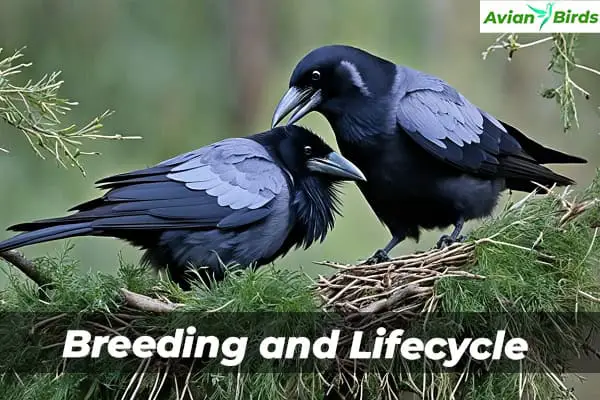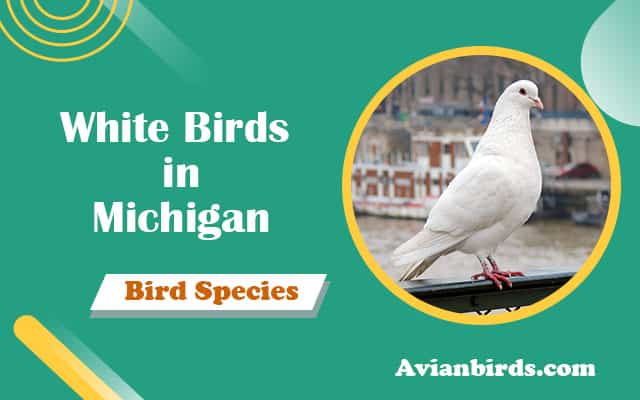Hooded Crow (Corvus cornix): Smart European Bird
Ever curious about the hooded crow? This bird stands out with its gray and black feathers. It thrives in many places, from cities to farms across Europe. Let’s explore together what makes it so special.
The Hooded Crow
The hooded crow is a fascinating bird known for its looks and smarts. It lives in Northern, Eastern, and Southeastern Europe, and parts of the Middle East. It stands out with its ash-gray body and black head, wings, tail, and feathers on its thighs.
Striking Appearance and Physical Traits
Since 2002, the hooded crow has been seen as its own Eurasian bird species. It has four subspecies in Europe and western Asia. It’s about 48 to 52 cm long and weighs around 510 grams, making it a sturdy bird.
Behavior: Intelligence and Playfulness
Hooded crows are smart and love to play. They solve problems and know their surroundings well. They often interact with their world in interesting ways, showing how adaptable and curious they are.
They also like to be in groups, which helps them stay safe and find food.

Distribution and Habitat
The hooded crow (Corvus cornix) lives in northern, eastern, and southeastern Europe, and parts of the Middle East. It stretches from the British Isles to central Russia and the Ural Mountains. This makes it a common bird for many bird lovers in the western Palearctic region.
Geographic Range and Migration Patterns
In the summer, you can see the hooded crow in northern Norway, Finland, and Russia. It also visits Ireland and Scotland, marking the western edge of its territory. In southern Europe, it stays all year, living in farms, cities, and forests.
Some hooded crows move south for winter, but others stay in their summer homes. Their moves depend on food and weather. There have been reports of hooded crows in North America, but some are escapees and others are uncertain.
Diet and Feeding Habits
The hooded crow is an omnivorous bird with a varied diet. They use their strong, deeper bills to crack open mollusks and crustaceans from heights. They also eat carrion, scraps, and the eggs and young of other birds.
This flexibility helps them live in many places, from farms to cities.
Omnivorous Foraging Strategies
Hooded crows are great at finding different foods. Their bill is smaller than a raven’s but strong enough to open hard shells. Their short wings help them move well in places like farms and cities.
Scavenging and Opportunistic Feeding
These crows love to scavenge, eating carrion and scraps. They make loud cawing sounds and sometimes sound like ravens. This helps them survive in places where they move seasonally.
Breeding and Lifecycle
The hooded crow is a bird found in northern and southeastern Europe. It’s part of the passerine group. In spring, these birds show off their courtship behaviors. They build big nests in tall trees or on cliffs during May and June.
The female lays 4-6 eggs and incubates them for about 3 weeks. After the eggs hatch, the chicks stay in the nest for a month. They depend on their parents for food and protection.
Once the young crows can fly, they may stay with their parents through winter. The parents keep supporting their kids for a long time. This helps the hooded crows be smart and adaptable. These traits let them live in many different places.
Relationship with Other Species
The hooded crow (Corvus cornix) is smart and adaptable, living with many other species. It’s closely related to the carrion crow (Corvus corone). When their paths cross, they can have babies with traits from both parents. But, they usually stick with their own kind, keeping their genes flowing.
Mobbing Behavior and Predator Interactions
Hooded crows are bold and defend their territory. They chase away predators like golden eagles and Eurasian eagle-owls. They also boss over smaller birds like magpies and jackdaws, taking their food and attacking their nests.
This crow can live in many places, from farms to cities. It works well with other animals, showing how strong and smart it is. Learning about how it interacts with others helps us see its big role in nature.
Check Our Previous Articles:
Conservation Status and Threats
The hooded crow is listed as Least Concern by the IUCN. It has stable or growing populations in most of its range. Despite threats from humans, like being shot or trapped, it thrives due to its adaptable nature and varied diet.
In Britain, hooded crows are common in Scotland but rare in England. This has led to concerns about their legal protection. The change in their classification could affect their numbers.
Despite some declines in certain areas, the hooded crow is still stable and adaptable. It faces conflicts with humans, especially in agriculture, where it damages crops and birdlife. Managing these conflicts is key to its conservation.
Wrapping Up…
The hooded crow is a smart, flexible corvid found all over Europe. It stands out with its looks and how it finds food. This bird has made many different places its home, catching the eye of bird lovers and scientists.
It shows off its smart social skills and thinking abilities. The hooded crow proves how nature can adapt and survive. It’s a sign of the amazing things in our world.
Studying the hooded crow teaches us about the amazing birds out there. This flexible bird shows us what birds can do. It makes us want to learn more about these amazing animals and their homes.
If you love birds or nature, the hooded crow will surely amaze you. It makes us see the beauty of the world around us.
Looking to the future, the hooded crow’s story is still unfolding. We wonder how it will grow and how we will affect its home. But one thing is sure: the hooded crow will keep fascinating us. It reminds us of the mysteries waiting to be discovered in nature.







